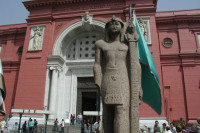Travel
Tutankhamun and his times
King Akhenaten (1353 – 1336 BC) breaks radically with tradition. He moves the seat of the government to
Achetaton (known today as Amarna), closes the temple of the gods and declares Aten, the disc of the sun,
the only god. As a result of Akhenaten’s revolution, the country collapses into political chaos at the end of the
18th dynasty. The details of the three years of his successors (1336 – 1333 BC) are still not clear today. The
throne was ascended by a virtually unknown ruler named Smenkhkare and, for a short period, by Akhenaten’s oldest daughter, Meritaten.
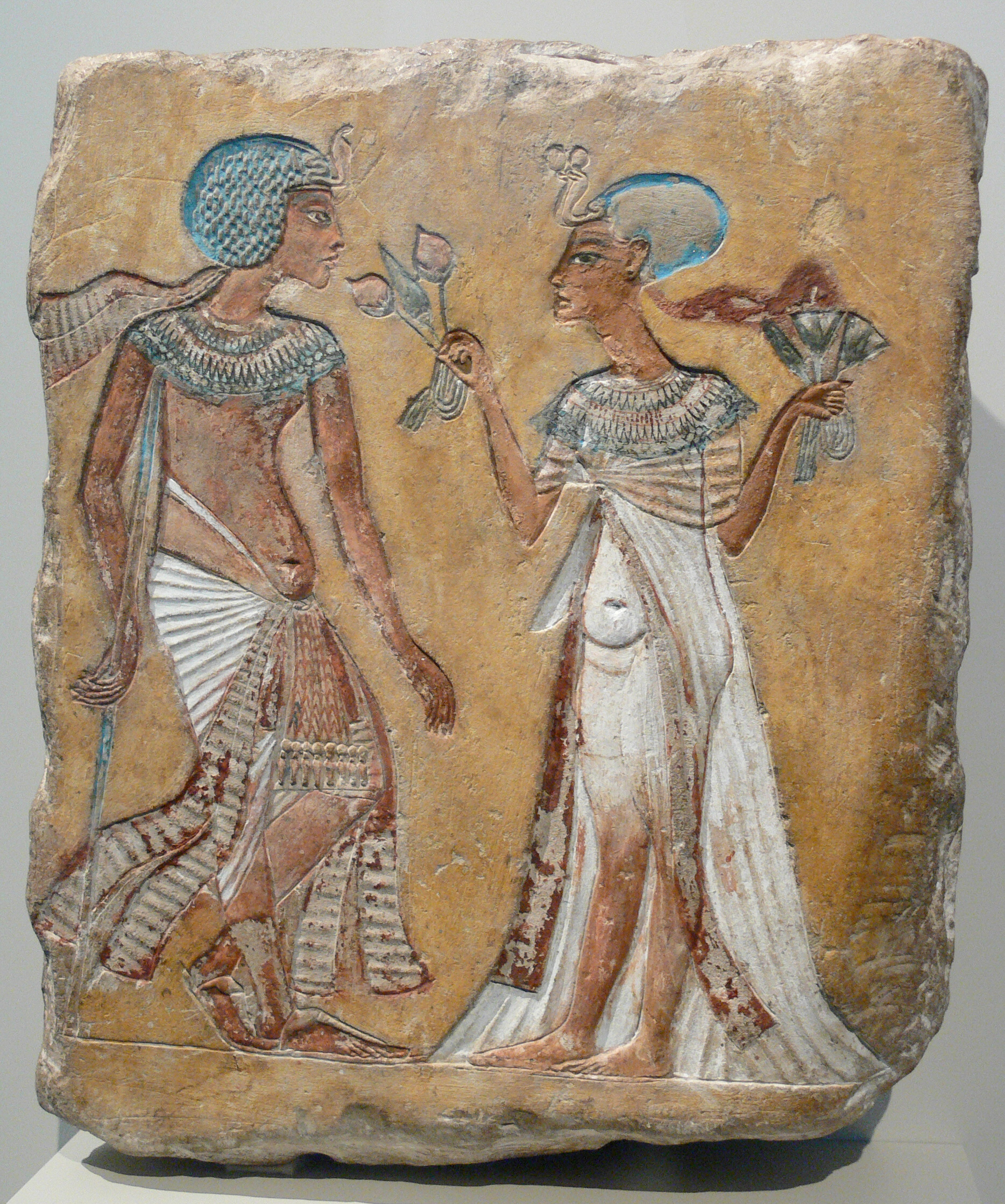
Photo: Andreas Praefcke – Self-photographed This limestone relief of a royal couple in the Amarna style have variously been attributed as Akhenaten and Nefertiti, Smenkhkare and Meritaten, or Tutankhamun and Ankhesenamun.
Tutankhamun’s (1333 – 1323 BC) lineage is still uncertain. He was probably one of Akhenaten’s sons. The
identity of his mother is likewise unknown to this day. The young king ascends the throne at the age of eight
and, shortly thereafter, reinstates polytheism in order to stabilise the country. Nevertheless, subsequent kings
would go on to efface his name in inscriptions in order to expunge him from the consciousness of the afterworld because he was considered a ruler of Amarna.
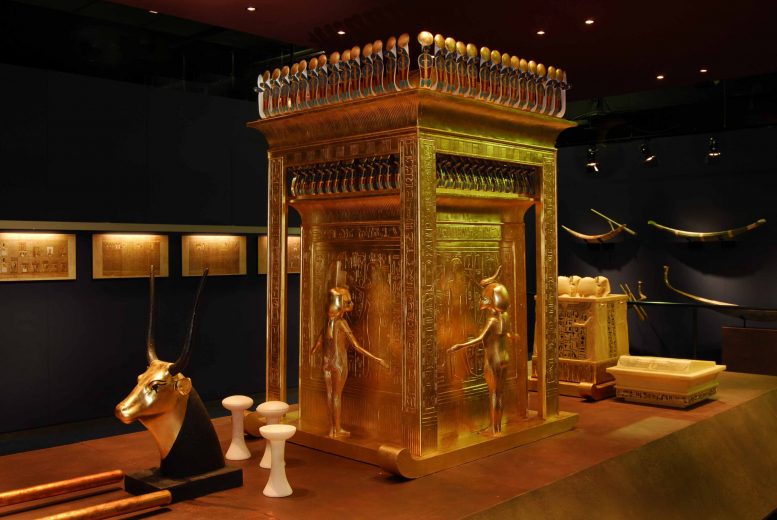
king-tut-canopic-shrine Press photo King Tut and his treasures exhibition
According to recent studies, Tutankhamun suffered a number of serious illnesses, such as malaria. But he most likely died of an infection due to the open wound he had on his left thigh. Shortly after his burial, thieves
broke into his tomb in the Valley of the Kings, but were clearly unsettled. Finally, his tomb was forgotten for
over 3,000 years.
After Tutankhamun and his two immediate successors, Ay and Horemhab, massive temples and palaces are
erected during the 19th and 20th dynasty under Seti I and Ramesses II. But the kings of this era have to defend themselves from a number of attacks by foreign peoples. The kingdom falls apart yet again.
1070 – 332 BC (21st – 31st dynasties): Third Intermediate and Late Period
Theban high priests of the god Amun govern Egypt with rulers in the delta. There are power struggles among
different Libyan ruling families. A cultural revival flourishes under the Nubian kings of the 25th dynasty; finally, the Assyrians conquer Egypt. The 26th dynasty rings in the final cultural heyday of the Pharaonic kingdom under native rulers.
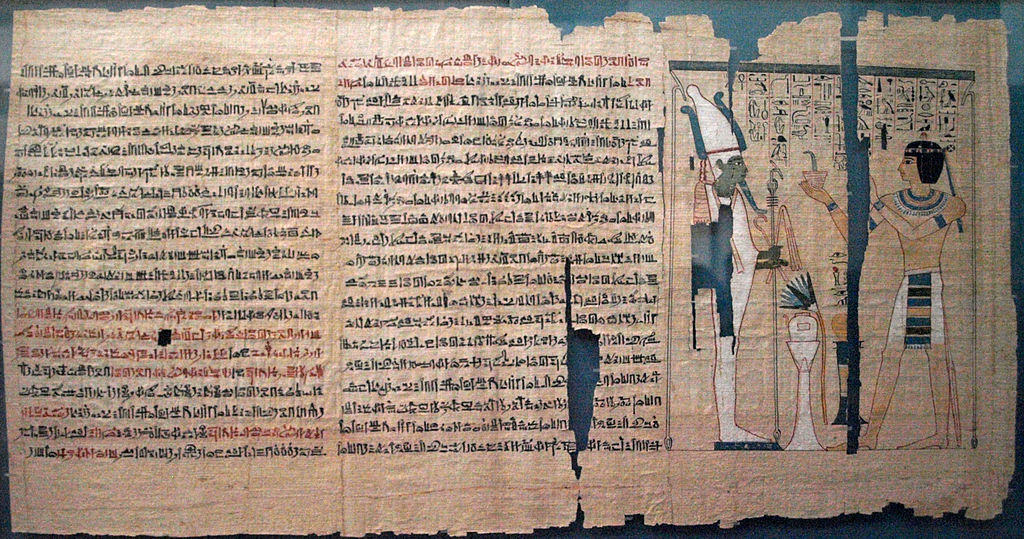
Book of the Dead papyrus of Pinedjem II, 21st dynasty, circa 990-969 BC. Originally from the Deir el-Bahri royal cache. This scene depicts Pinedjem II in his role of High Priest making an offering to the god Osiris. Image from Captmondo
In the year 525 BC, the Persians conquer the land surrounding the Nile and rule there as the 27th dynasty; after they are driven out, many Egyptian families from the Delta follow. The 30th dynasty stands out for its outstanding achievements in art and architecture. With a renewed attack of the Persians in the 31st dynasty, the government of the last native Pharaoh ends.
332 – 30 BC: Ptolemaic Period
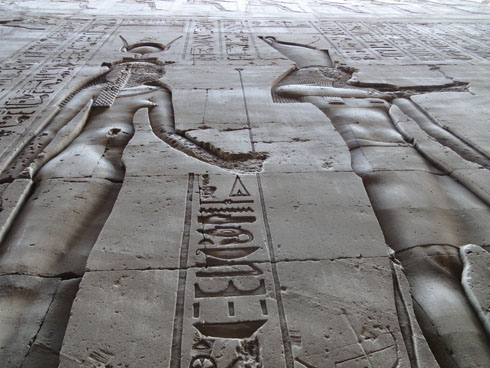
Tall wall with relief sculptures at the Edfu temple credit photo Vivamost
Alexander the Great defeats the Persians in 332 BC and conquers Egypt. After his death, one of his Macedonian generals, General Ptolemy, ascends the Egyptian throne and founds the dynasty of the
Ptolemies. Both the Hellenistic culture and the Pharaonic legacy are maintained; the great temples of Edfu,
Philae, Kom Ombo and Dendere are erected. Alexandria, the seat of the Ptolemaic government, becomes
the cultural and economic centre of the eastern Mediterranean. In 31 BC, the victory of Augustus over Cleopatra in the Battle of Actium ends Egyptian independence and the country becomes a Roman province.

